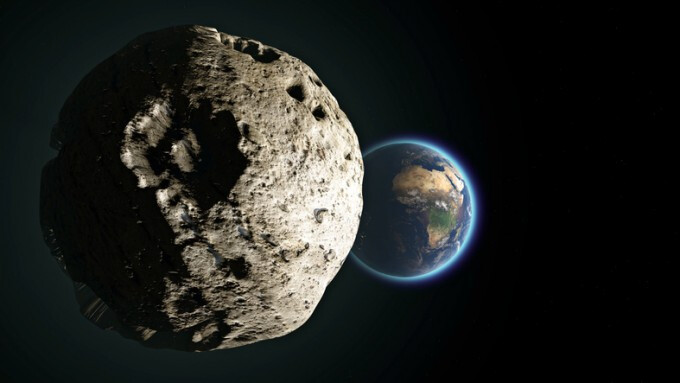
The possibility of asteroid 2024 YR4 colliding with Earth in 2032 has significantly decreased. Initially, the impact probability was as high as 3%, raising concerns among scientists. However, with additional observation data, the probability has now dropped to near zero.
The Center for Near Earth Object Studies (CNEOS) at NASA's Jet Propulsion Laboratory announced that the probability of the asteroid hitting Earth on December 22, 2032, is now 0.0017%, or 1 in 59,000. On the other hand, the possibility of it hitting the moon has increased to 1.7%.
The European Space Agency's Near-Earth Object Coordination Centre (NEOCC) also estimated the impact probability to be 0.002%.
NASA stated that "experts were able to calculate the trajectory of the asteroid more accurately based on the continuously added observation data" and that they "found that this asteroid is now unlikely to have a significant impact on our Earth in the next 100 years."
The Torino risk scale for the asteroid has also been lowered to 0, which means "no risk." The Torino scale ranges from 0 to 10, with 0 being no risk and 10 being a certain collision that could endanger the entire Earth.
Richard Binzel, a professor at MIT who developed the Torino scale, told Space.com that "as a result of tracking the asteroid's orbital path, the probability of it meeting with Earth has decreased to less than 1 in 1000, and it has been reclassified to Torino scale 0, which is the 'no risk' level."
The asteroid, which was first discovered on December 27, 2024, is estimated to be 40-90 meters in size. Its impact probability had increased to 3.1% in February, causing concern among astronomers. However, with further observation data, the probability has now dropped significantly.
NASA plans to continue tracking the asteroid and will use the James Webb Space Telescope to determine its exact size in March. The European Space Agency's Space Mission Planning Advisory Group (SMPAG) will also hold another meeting in late April or early May to discuss the asteroid further.
The asteroid is currently moving away from Earth at a speed of 13.5 km/s and has an orbital period of 4 years. It is expected to approach Earth again in 2028 at a distance of 8 million km.
[Copyright (c) Global Economic Times. All Rights Reserved.]





























